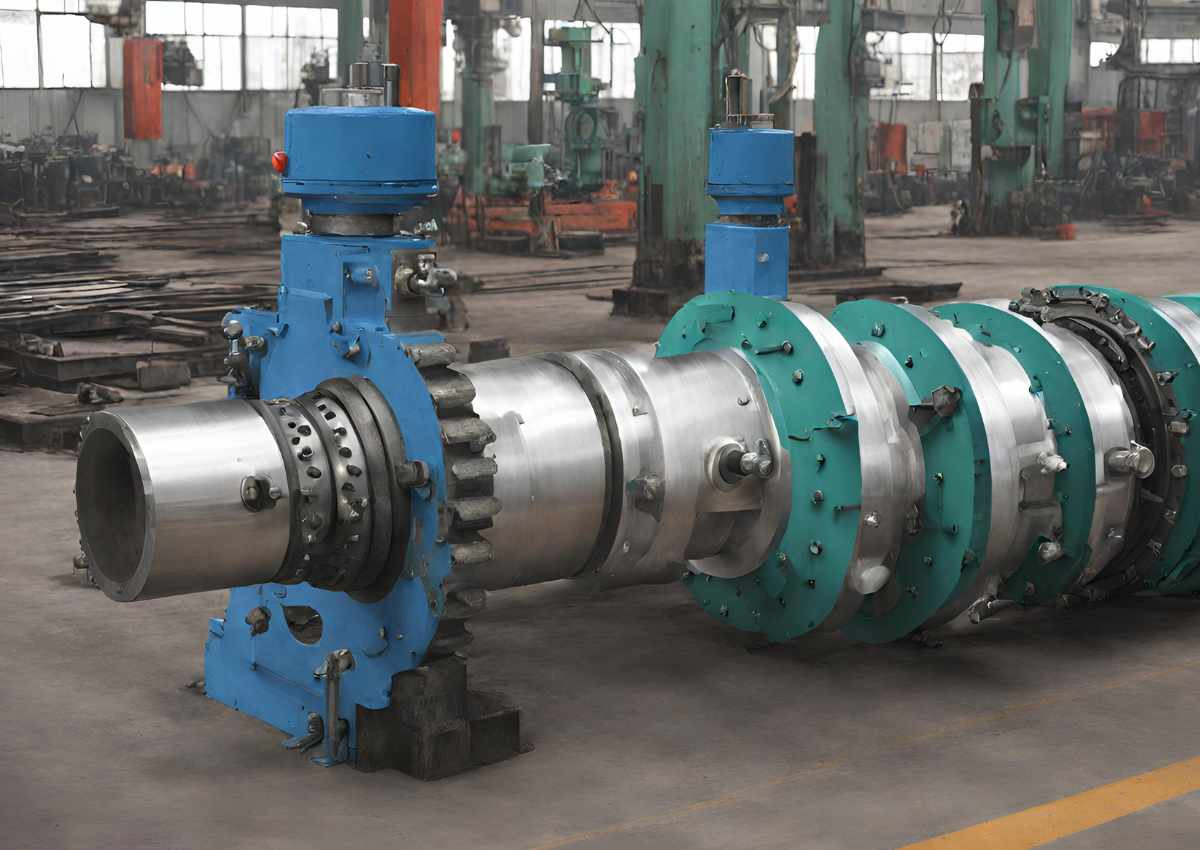In the realm of oil and water wells, the term “annulus drilling” holds significant importance, encapsulating the voids that exist between various components within the well structure.
Imagine the annulus as the space between layers, facilitating fluid circulation essential for drilling operations.
Let’s delve into this crucial aspect of well engineering, exploring its intricacies and applications.
The Concept Of Annulus
At its core, the annulus refers to any void present between piping, tubing, or casing within the well, juxtaposed with the surrounding components.
This term finds its origin in geometric concepts, representing a fundamental element in well construction and operation.
The annulus plays a pivotal role in enabling fluid circulation throughout the wellbore, facilitating the removal of drill cuttings, and ensuring operational efficiency.
Visualizing Annulus Drilling
To grasp the essence of annulus drilling, envision a newly drilled well. Picture the void between the drill string and the formation being drilled as the annulus.
This can be likened to standing a straw upright in a glass of water, with the space between the straw and the glass representing the annulus.
During drilling operations, drilling fluid is pumped down the drill string, pushing drill cuttings up the annulus to the surface for removal, ensuring smooth progress.
Role In Completed Wells
In completed wells, multiple annuli may exist, each serving distinct purposes. The ‘A’ annulus, for instance, resides between the production tubing and the smallest casing string.
This space is integral for tasks such as gas lifts and well kills, highlighting its significance in well production.
Additionally, ‘B’ and ‘C’ annuli may be present between different casing strings, necessitating pressure maintenance for casing integrity.
Challenges And Considerations
While annuli are designed to remain isolated from production tubing and each other, challenges such as fluid flow between connected annuli can arise.
This communication, albeit unintended, underscores the importance of vigilant monitoring and maintenance practices to uphold well-being.
Coiled tubing interventions further expand the concept of annulus drilling, utilizing the void between the coil and production tubing for circulation purposes.
Conclusion
In essence, annulus drilling forms the backbone of well construction and operation, facilitating fluid circulation and ensuring operational efficiency.
From the initial drilling phase to the completion of a well, understanding the dynamics of annuli is paramount for successful well engineering.
By recognizing its importance and addressing associated challenges, the industry can optimize drilling operations and enhance overall well performance.
By comprehending the nuances of annulus drilling, the oil and water well industry can navigate complex challenges and drive innovation, ensuring sustainable and efficient well operations for years to come.
FAQs
What is the primary function of the annulus in drilling operations?
The annulus serves as the void between piping, tubing, or casing within the well and the surrounding components.
Its primary function is to facilitate fluid circulation, crucial for removing drill cuttings and maintaining operational efficiency during drilling.
How does annulus drilling contribute to well integrity?
Annulus drilling plays a critical role in ensuring well integrity by allowing for the isolation of different casing strings and providing pressure containment.
Proper maintenance of annuli helps prevent unintended fluid communication and ensures the structural integrity of the well.
What are the key tasks performed using the ‘A’ annulus in completed wells?
In completed wells, the ‘A’ annulus serves several crucial tasks, including gas lift operations and well kills.
This annulus, situated between the production tubing and the smallest casing string, plays a pivotal role in enhancing well production and efficiency.
How are challenges such as fluid flow between connected annuli addressed?
To mitigate challenges related to fluid flow between connected annuli, vigilant monitoring and maintenance practices are essential.
Regular inspections and interventions help identify potential issues early on, allowing for prompt remediation to maintain well integrity.
Can annulus drilling be utilized during coiled tubing interventions?
Yes, annulus drilling extends to coiled tubing interventions, where the void between the coil and production tubing serves as an additional annulus.
This space can be effectively utilized for fluid circulation, enhancing the efficiency of intervention operations.
What measures are taken to prevent the accumulation of drill cuttings in the annulus?
To prevent the accumulation of drill cuttings in the annulus, continuous circulation of drilling fluid is maintained during drilling operations.
Additionally, proper wellbore cleaning techniques and the use of efficient shale shakers help ensure the smooth removal of cuttings from the drilling mud.
Also Read
Big Stan Drill Rig: World’s Biggest Drilling Equipment









